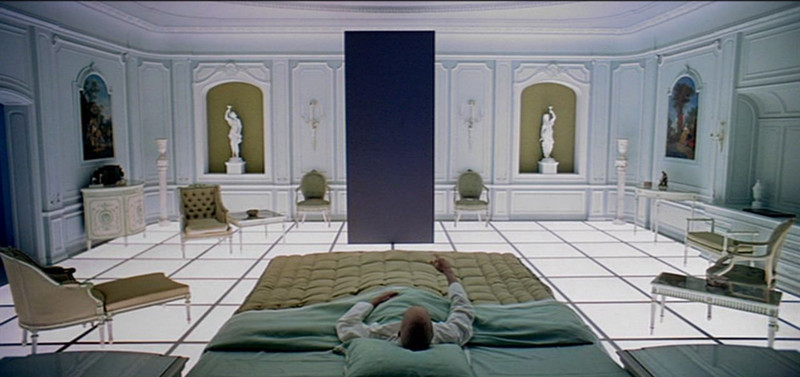
Sometimes films are so challenging and mysterious that they haunt us for weeks, sometimes months, and in some refined times they haunt us forever. These films have some elements that puzzled us and that we never really understand.
Much of the time, filmmakers craft these film in order to create this sensation of mystery that cannot really be deciphered. When the movie is well crafted rather than only producing frustration for not understanding the film, it becomes the object of our “will to know” as much as life, as an endlessly mysterious subject, is.
There are many ways to make a film hard to understand, and the most obvious and most used is to break some narrative conventions the most films follow. Since these conventions are used to communicate clearly with the audience, when the conventions are broke or subverted it then becomes confusing. Some films do this by not giving a clear plot, or not giving it in a linear way. Other films are more subtle and instead of not giving a plot, they do not show us the perspective of a character and why he or she is doing things, and thus we cannot understand them.
Other films are hard to understand because of the complex symbols they use. This is not about complex and inextricable allegories (though it can be the case of some film), it is about details and references that give the film a whole new level of interpretation. And here is a major subject in this topic, levels of interpretation or layers of meaning.
Most of the films on this list are not hard to understand in the sense of what is happening on the screen. What puzzles us is why we are seeing it and what relationship it holds to the rest of the film and to us. These relationships will always be ambiguous and that is what makes these films so great to discuss.
We can always make arguments and show evidence of some way to interpret the film, but in the end, as the filmmakers intended, in these films there is not only one way to look at them. This is why these films haunt us and we constantly come back to them, because as we change, our way of seeing changes and thus the film changes.
10. Persona

When presenting the film script, Ingmar Bergman said that rather than a script, this was a music sheet that will help him and his collaborator make the film. This film, which needed such an unusual script, indeed turned out to be an extremely unusual film made by one of the greatest filmmakers in history.
The film is about a woman who has refused to speak and a nurse in charge of taking care of her. The relationship between these two characters is the subject of the film, or maybe leit motiv would be more precise.
The interaction between Liv Ullmann’s and Bibi Andersson’s characters gets more and more complex as the film advances. Since one of them refuses to speak, the interactions are created only with the dialogue of one and the silences of the other.
The silence starts to become meaningful and the identity of the nurse (her persona) starts being challenged. This process is crafted in powerful montages that sacrifices clarity for emotion. This way of making films, in which clarity is not as important as conveying truths and emotions, is one in which “Persona” is one of the highest examples.
9. Blow Up
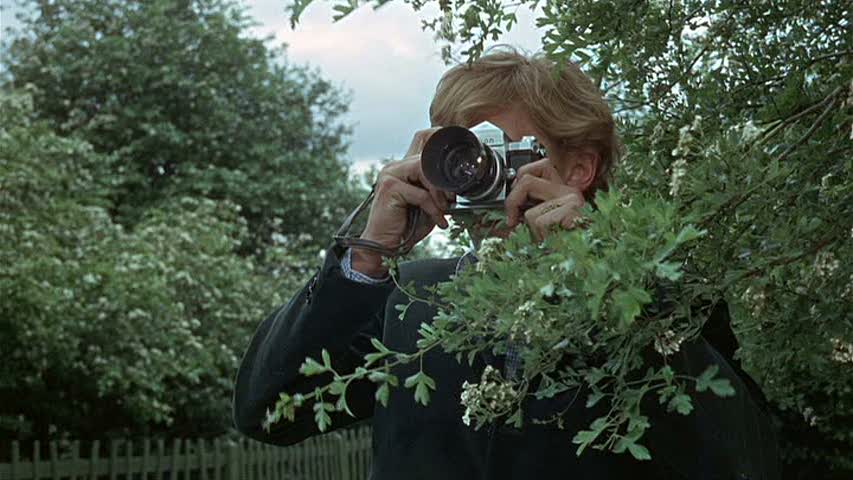
Michelangelo Antonioni was a subversive Italian director in all of his films. He made films in which the plot was interrupted at the halfway point of the film and replaced by a whole new character arc.
“Blow Up” is a film based on Julio Cortazar’s short tale “Las Babas del Diablo,” but it his problem on its own. In the film we see a photographer who thinks he has been the witness of a murder, and tries to unravel the mystery of it while he continues with his ordinary life.
In “Blow Up,” Antonioni broke one of the most profound conventions of classic narrative, that of being able to understand the motifs and feelings of the lead character. Just by breaking this convention and showing the lead character doing things that appear senseless to the viewers (but aren’t, necessarily), Antonioni has frustrated many viewers for many years.
The film makes the lead character an enigma in itself that one has to figure on his own through the fragments that are shown, just as the character himself is trying to figure out a mystery with the fragments he has captured.
8. Post Tenebras Lux
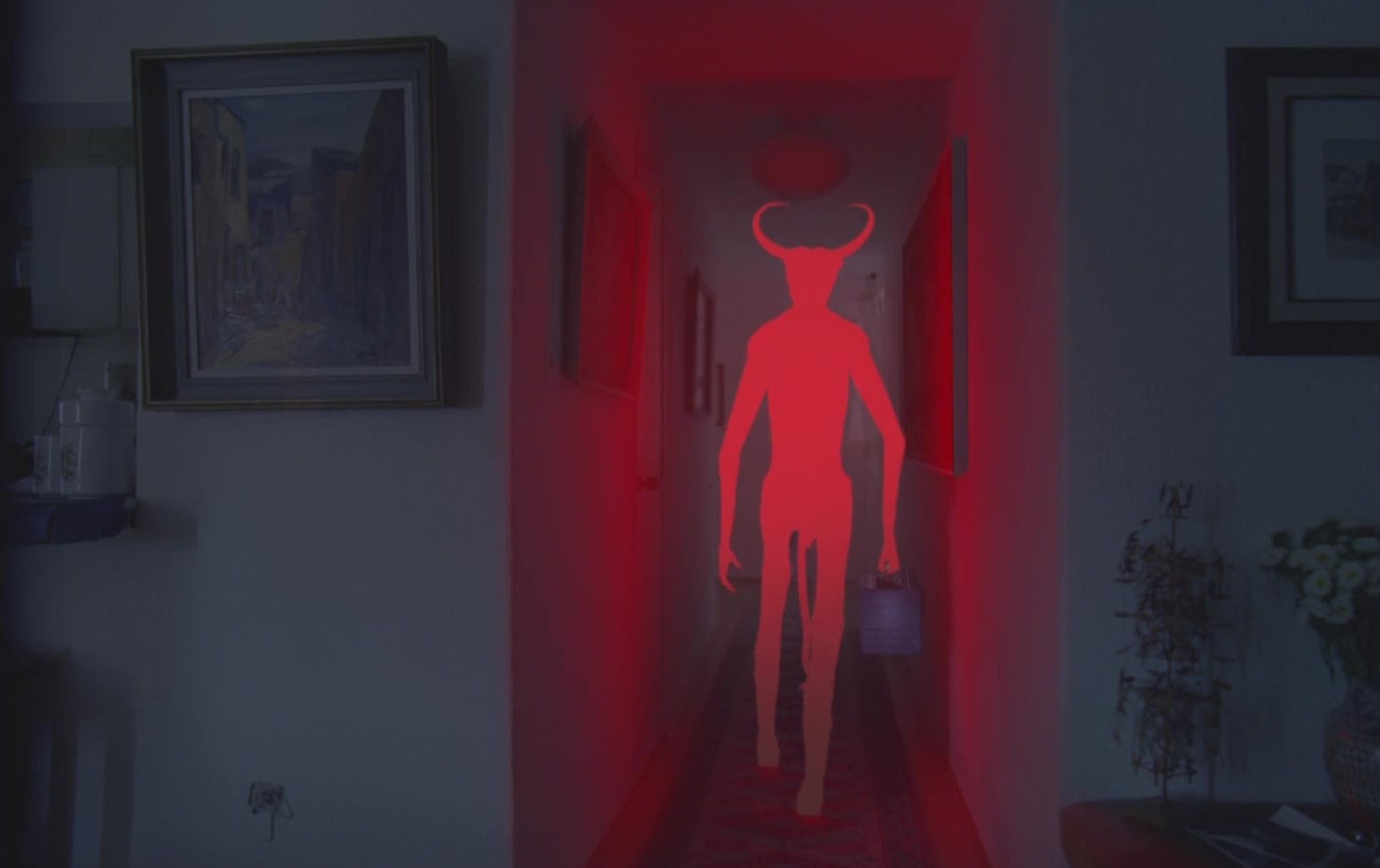
The film that gave Mexican director Carlos Reygadas the award at Cannes for best director is an ambivalent topic among film enthusiasts. Some regard it as an attempt to be complicated without fundamentals, and others (Reygadas himself) argue that the film is not complicated at all but that its language is different than what we are used to seeing. Indeed, the film is told in a language different to the cause-effect thread that holds together most feature films.
The structure of “Post Tenebras Lux” is what makes it so puzzling. There is not a clear way to relate the events of the film since they are not related by cause and effect, but by thematic threads. To catch the thematic relationships between the various moments of “Post Tenebras Lux” is hard, according to Reygadas, for the way in which we are used to seeing films.
Thus in order to understand (if the word can still be used) the film, one has to change their way of seeing and this is definitely harder than following a cause-effect thread.
7. The Mirror
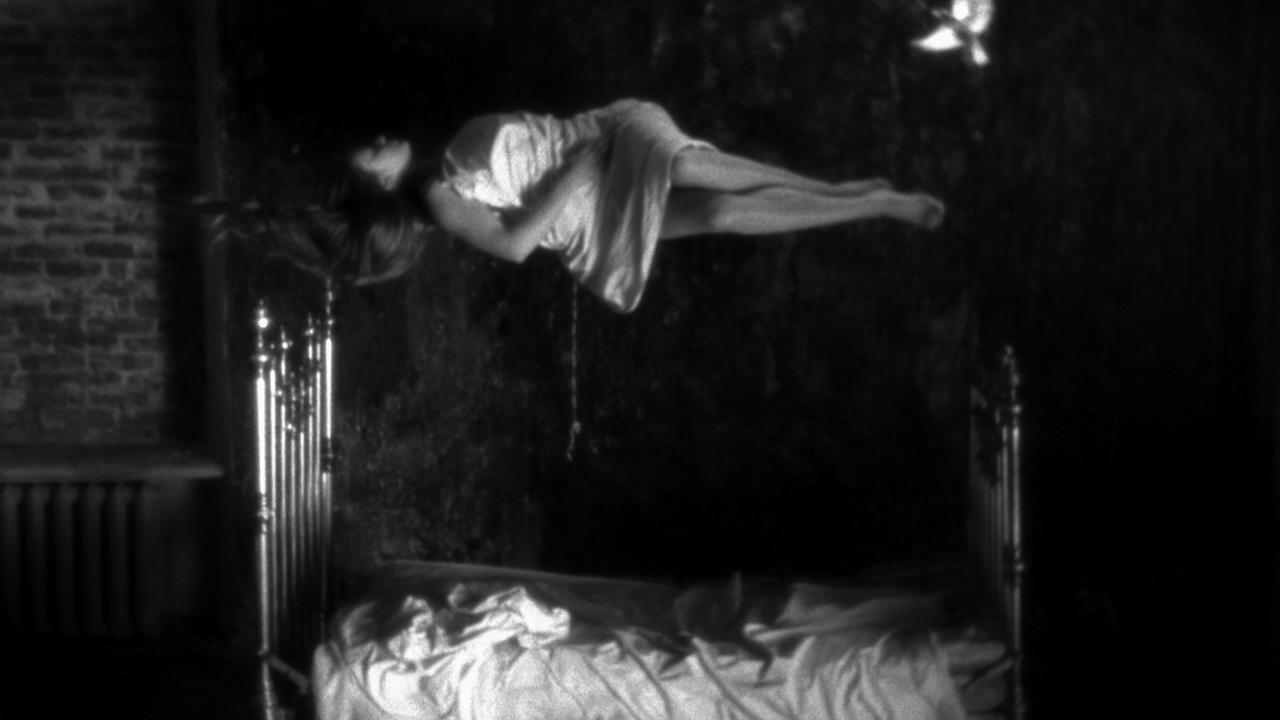
When Andrei Tarkovsky wanted to finance “The Mirror,” he faced many hardships; his cinematographer even refused to work on the film (then praising it as the most “Tarkovsky” films of all). This was due to the episodic structure of the film in which a thread that hold the events together is never made clear.
Tarkovsky acknowledged that the film is highly autobiographical, but this does not necessarily make it clearer since the real mystery is why we are seeing what we are seeing, and what relationship does it hold with the rest to the film.
The film is complex both in its general structure and in each individual scene. There are fragments in which music, poetry and complex long takes are juxtaposed. With so many elements acting on the screen it is hard to grasp everything that Tarkovsky is trying to say.
But if one reads “Sculpting Time” and understand the way in which Tarkovsky saw film form, a new way of seeing “The Mirror” may arouse. The way in which Tarkovsky wants his films to be seen is not the one in which a static meaning is extracted, but the one in which an ineffable truth is conveyed, and this perspective may be one of the most difficult things to achieve as a film viewer.
6. Paris Belongs to Us
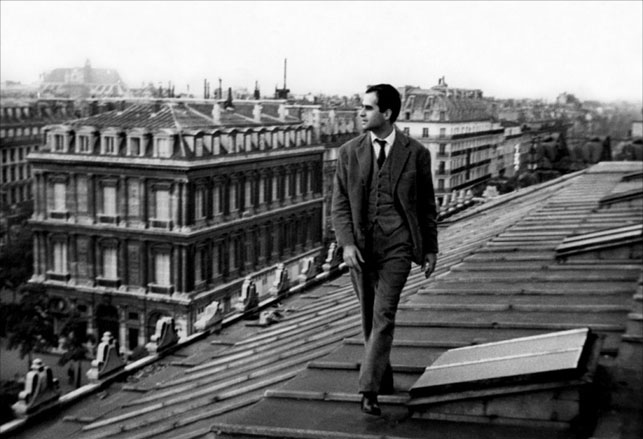
Jacques Rivette is probably the most challenging film director of the French New Wave. In the 140 minutes of his first feature film, Rivette created one of the most puzzling films in film history.
Since the film was financed almost with favors from his friends, it was done in complete artistic freedom. Rivette wanted to make the film since before “Les 400 Coups,” and proof of this is that when the protagonists of the film go to the cinema, the title of “Paris Belongs to Us” is displayed.
The film was a project that the directors of French New Wave wanted to be made, and it was. The film is extremely challenging as we are put into the perspective of a lead character who tries to solve a mysterious murder but fails constantly, while a thematic tread is never delivered.
In some moments, one could even argue that there is no mystery to be solved nor in the film in itself and in the murder. Precisely here is the complexity of the film in putting making the object of our will to know both the mystery that the protagonist seeks, and the film in itself.